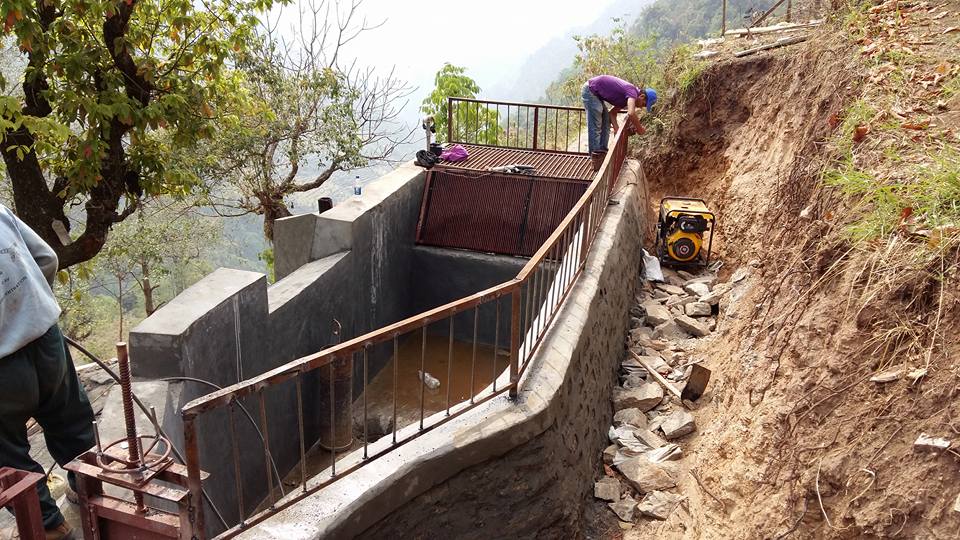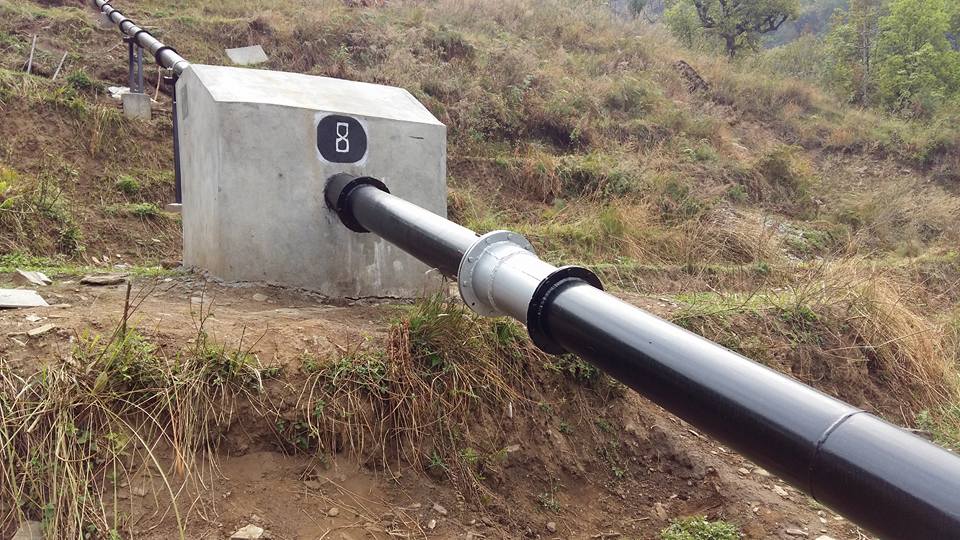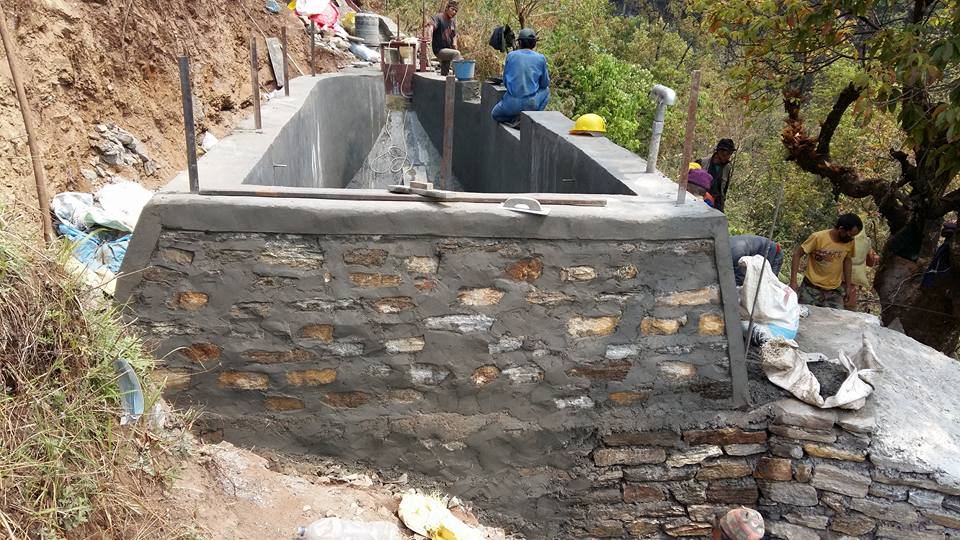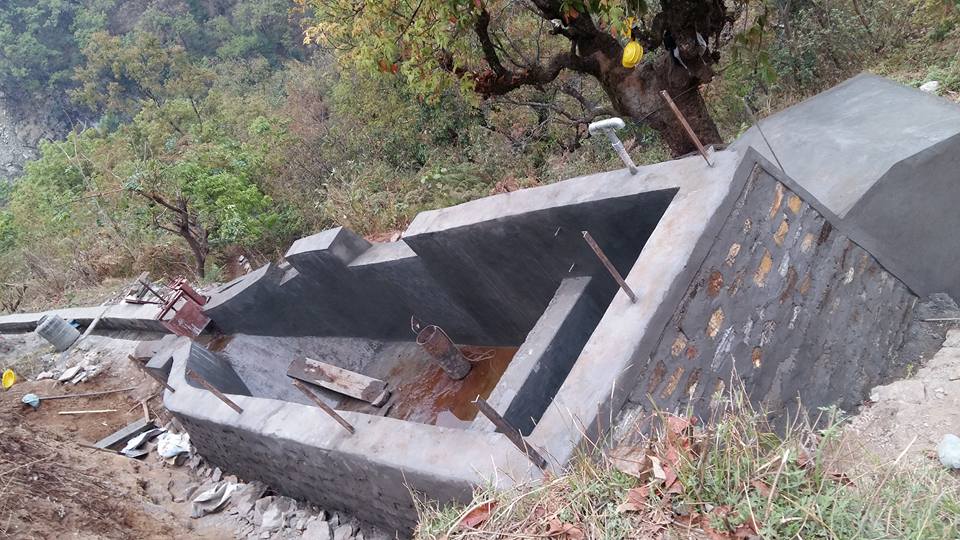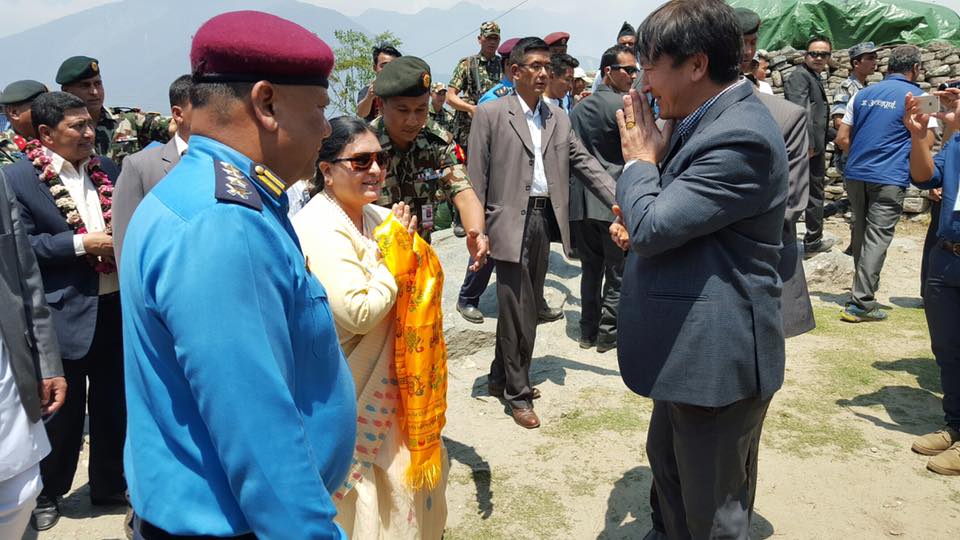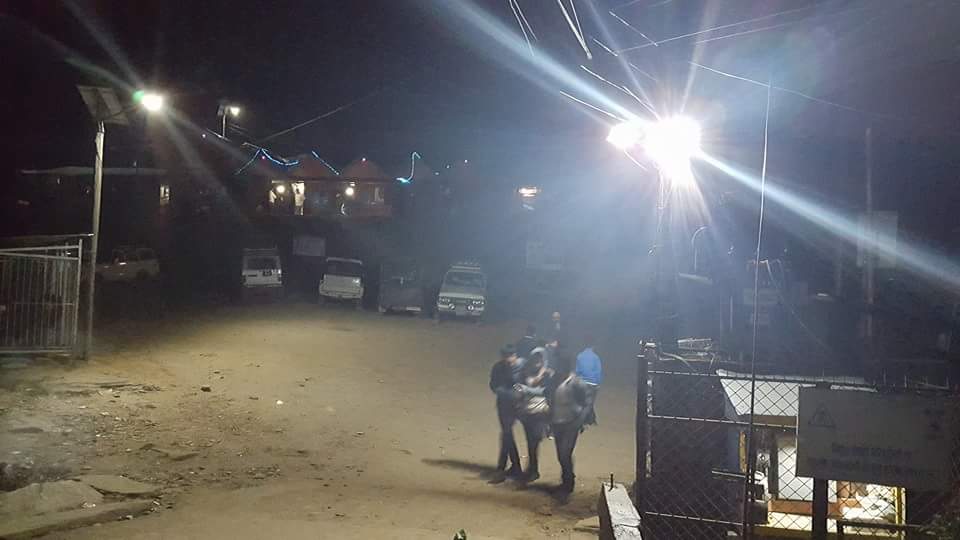On May 25, 2015, Gorkhaly Foundation delivered power generator “Urja” to Barpak, Nepal, giving 1200 families access to food and light in wake of disastrous earthquake. Urja (meaning energy in Nepali) was the name given to the diesel generator typically used for power supply in places like Barpak that have lost all connection to power grids.
While permanent access to energy is in the long-term goals for Barpak, Urja served the immediate energy needs of the village. Urja supplied electricity to run the village food mill that fed 1200 households giving Barpak immediate food security, supported lighting for temporary- shelters, health post, local businesses, and schools, and also provided electricity for communication.
We got the electricity line from the generator yesterday. From tomorrow we will start the mills to grind flour and rice. 1200 families will have access to food, and to light. Also, communication is key, everyone has a mobile phone, and if they can easily charge their mobiles, I hope that it will make their lives easier in many ways. I would like to give many thanks to all our well-wishers in the US who worked through the Gorkhaly Foundation and Nepal Ko Yuwa to make this happen. Community leader and Ashoka Fellow Bir Bahadur Ghale
May 25, 2015
Winner of a National Geographic’s Great Energy Challenge Grant to Restore Micro Hydro Plant
On April 25, 2016 Rehabilitation and upgrade of the earthquake destroyed Micro Hydro Power Plant in Barpak, Nepal was completed. Provision of soft loans to local enterprises for rehabilitation and operation of the cottage industry using generated electricity was subsequently completed in April 2017.
The purpose of the project was to restore energy access to the rural village of Barpak in Nepal by rehabilitation and upgrade of a 133kW micro hydropower (MHP) mini grid in Barpak Village destroyed by the 2015 earthquake. The project also sought to sustain energy demand and supply through investments in rehabilitation of Productive End-Use Enterprise (PEEs) by providing soft loans, which symbiotically benefited from electricity, and increase and diversify revenue of MHP mini-grid making the overall model sustainable. Using this model, the project aimed at restoring the local economy through investments in rehabilitation of electricity as well as local businesses that would then consume electricity.
Gokhaly Foundation provided technical assistance in project conceptualization, proposal writing, mobilizing funds and ensuring successful project implementation. GF also provided technical assistance in setting up of a Community Cooperative that would disburse loans to local businesses as well as consume electricity generated. Our support was in setting up criterions for loans considering recipients ability to pay back loans and generate revenue. We also supported drafting of business plans to inform loan making. GF was also instrumental in helping set up an advisory committee in the village that will play an oversight role in ensuring that the terms for the MHP and the cooperative are adhered to.
What did the grant do?
The resuming of the micro hydro was a major moment of success for Barpak which has been relying on its off-grid energy system since 1991. The micro hydro was not only restored but also upgraded with full services reinstated supplying power to the entire village exactly one year after the devastation. The electricity powered reconstruction and gave the village a sense of hope and determination for rehabilitation. Immediate opening of the flourmill for food supply solved essential needs of the village bringing food sufficiency early- on.
Setting up of a community cooperative was a major milestone for Barpak, a village without its own banking institution. The cooperative, which took substantial efforts to start up is helping in the revival and growth of the local economy. Initial capital investment provided through the Nat Geo grant was crucial in making this happen.
13 small businesses in Barpak received seed loans to rehabilitate and restart their business. These small businesses are now providing affordable goods and services to the community and created employment and income for the villages.
Setting up of a local advisory committee to ensure that beneficiaries of the grant – here the powerplant and the Cooperative remain accountable to the terms of agreement outlined as well as work in the best interest of Barpak long after funding was gone was also a key milestone.
1200 Household of Barpak and adjoining villages with approx. 15,000 people, local business and enterprises benifitted from the grant. The electricity service gave the village its “light” back and restored operation of agro-processing mill for food security, communication towers, construction equipment to rebuild Barpak’s homes, hospitals, schools, public facilities, and reopened rural enterprises.



